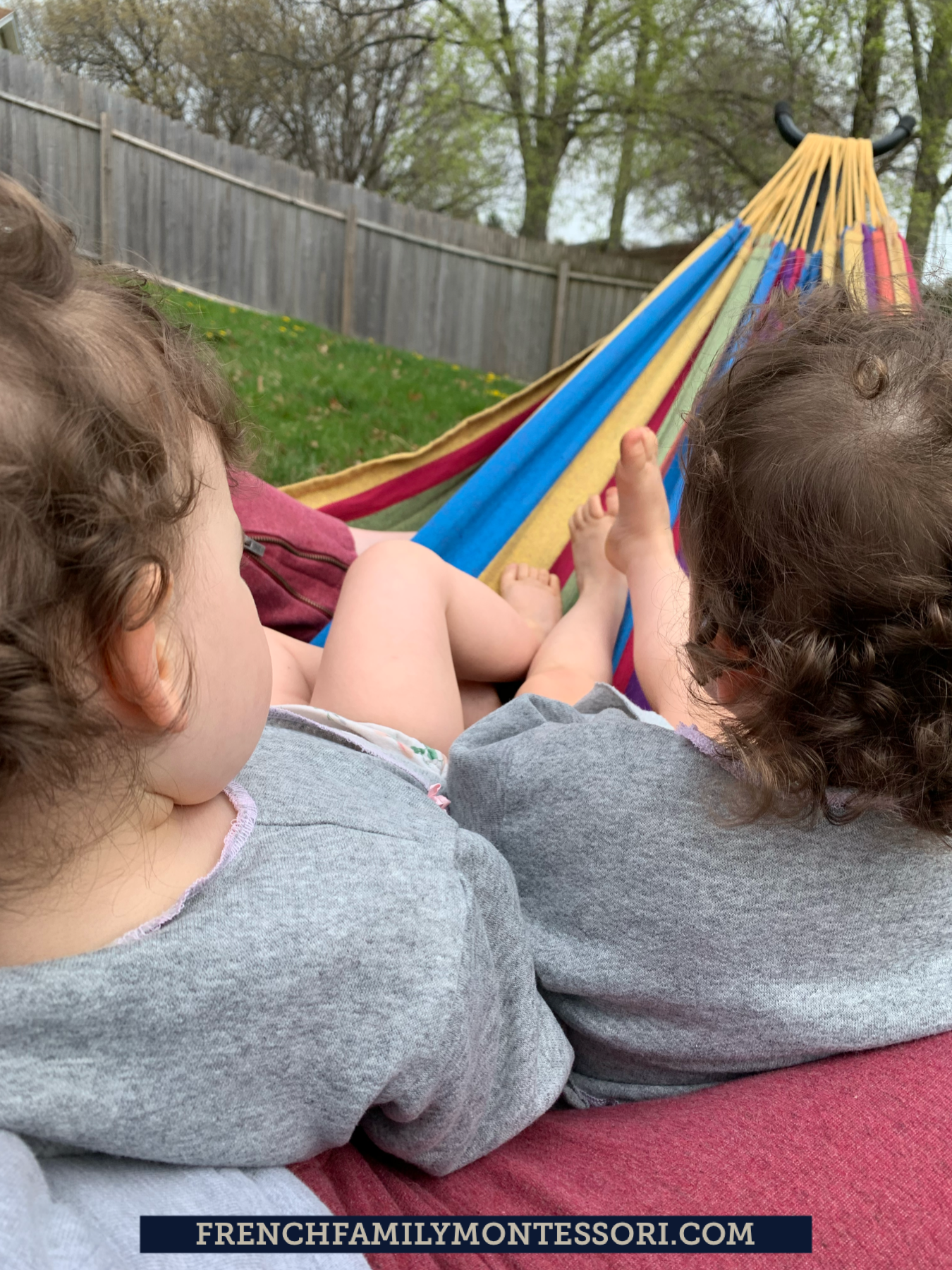
Last week E and V have started to use THAT two-letter word: NO. It’s a word that my husband and I try to use sparingly, only when necessary as it’s so powerful, but, I suppose, it was bound to become a favourite sooner or later.
Thankfully, it’s not said ALL the time. It was extremely popular the first week or so, but has since tapered. Having nannied, I’ve worked with children who use “no” as an answer for everything. And honestly, I can’t really blame them. Here’s the thing, that word gets reactions. It’s too often the toddler isn’t respected as they should be or what they have to say doesn’t seem to matter to some people much–which is sad. But “no” is powerful, there always seems to be a response, of some sort, from the adult hearing it. This may be them stopping in the tracks–a little surprised– perhaps convincing the child they don’t really mean that, etc.

“No” is a complete sentence and we respect it.
How do we respect the no and them while still getting necessary tasks accomplished? Choices!
As I mentioned earlier, no often gets reactions. It’s powerful and for a child who is learning boundaries and self-anatomy, it’s so important that they feel that they have some control–and choices offer that control they seek while allowing us to honour them and their decisions.
The trick is to offer choices that allow the no to remain respected. If something isn’t an option, say brushing teeth, we don’t ask. “It’s time to brush your teeth,”–not a question but a fact. Then, “Would you like me to brush your teeth first or would you like to?”–a question that offers choices and gives them control. “Would you like to start with the upper teeth or bottom?”

When it comes to questions–ask them! Even ones that seem silly and the ones that you probably already know the answer to–give them the opportunity to answer with their choice regardless. “Would you like a snack?” This isn’t something that is necessary, like needing to sit in a car seat is, a no can be respected. But it’s a question that has never resulted in a no, ever. I know the answer and yet I’ll still ask.
Nor do we try to alter the no when it’s not necessary. “E would you like to go down the slide? It looks like fun!”–“No!”–“Alright, let me know if you change your mind.” We don’t: “Are you sure? It was a lot of fun when I went down. V is really enjoying herself because it’s so fun. Are you sure you don’t want to go down the slide? How about you just do it once?”
Again, if the no can’t be respected we just explain why something isn’t an option and then offer choices.
Has “no” become a popular word in your home?
.
.
.

One thought on “MONTESSORI TODDLER: “NO””